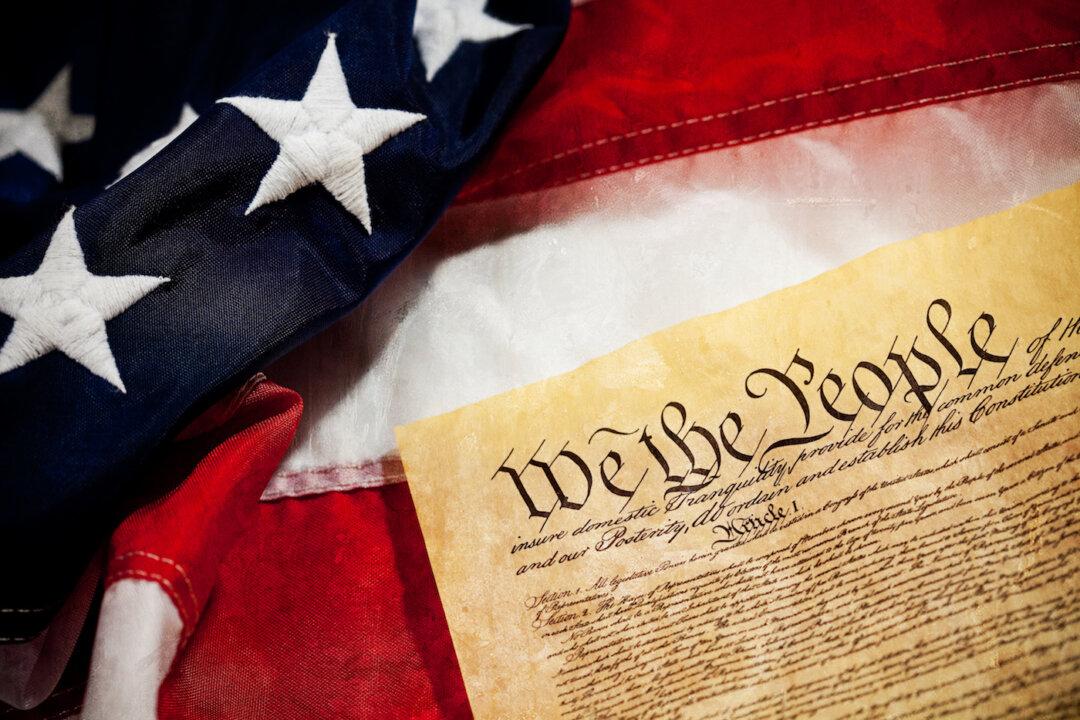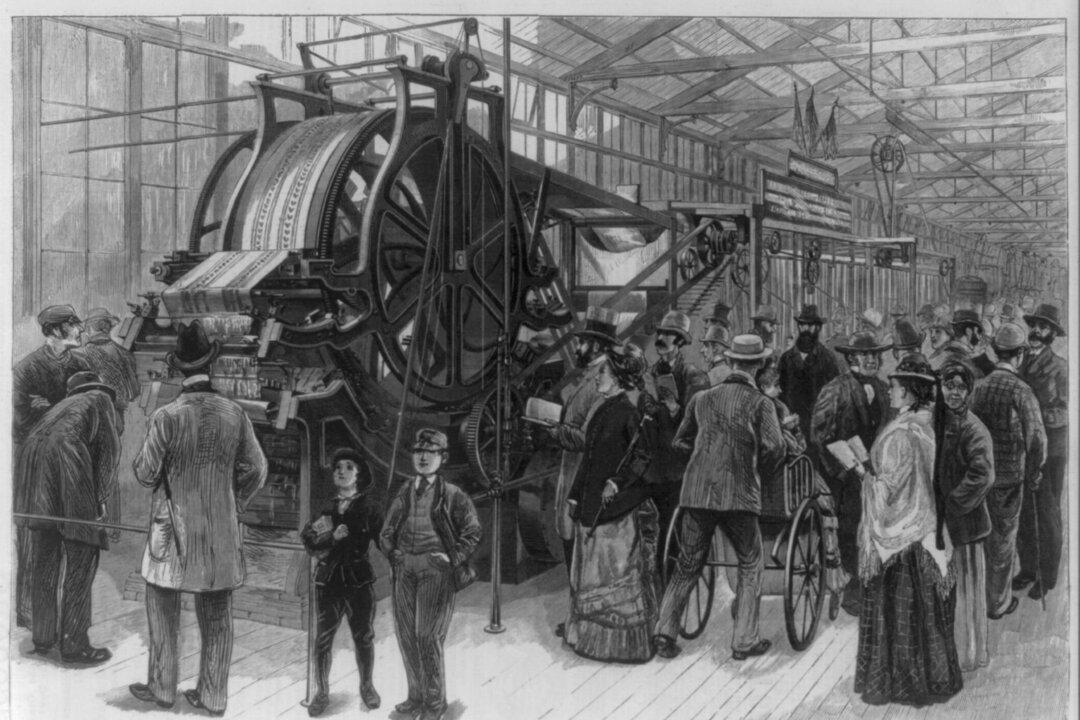Known as the funniest member of the Constitutional Congress, Gouverneur Morris used his gift of prose to help write much of the United States’s Constitution, including the Preamble. Morris went down in history as the youngest Founding Father to sign the Articles of Confederation before he was tasked to help draft the Constitution.
Among his many contributions, Morris is most famous for coining the phrase “We the people of the United States, in order to form a perfect union.”






